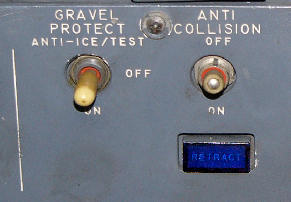 Unpaved Strip Kit
Unpaved Strip Kit
Home > History and Variants > 737 Originals > Unpaved Strip Kit
Contents
Contents
The optional Upaved Strip Kit was made available for the 737-100/200 from Feb 1969. It allowed aircraft to operate from gravel, dirt or grass strips. At its peak of operation, 737s were making over 2000 movements a year from unpaved runways.
Canadian North, one of the last operators of the 737-200 with unpaved strip kits are phasing out their last two of the type by 2022.
All of the information, photographs & schematics from this website and much more is now available in a 374 page printed book or in electronic format.
*** Updated 05 Aug 2023 ***







